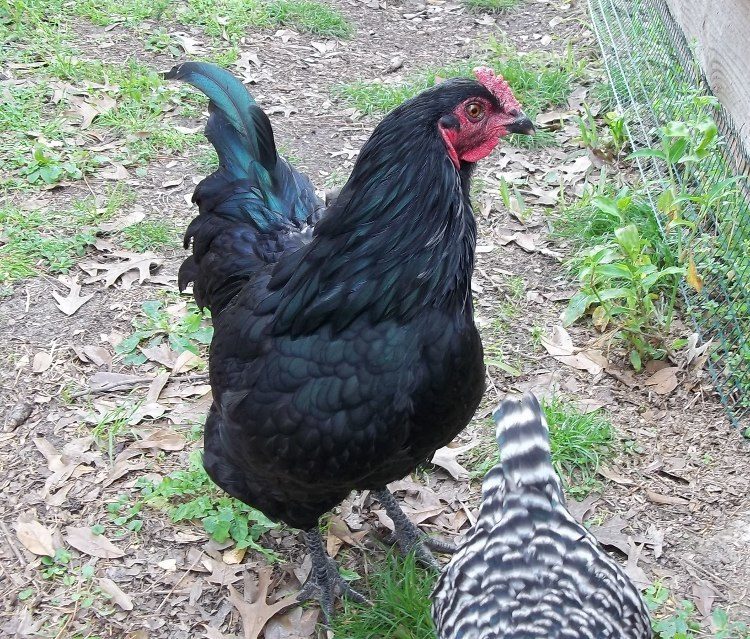Ok so I have maybe a dumb question. I keep seeing where the old broilers were a true cornish rooster over some fast growing hen like a delaware.
Is there any reason why it couldn't be the other way.
Don't get me wrong I'm not saying is there any reason you wouldn't want it that way. I understand you want you hens to be the great egg layers. BUT say you happened to have a delaware rooster and some large hen, like a cornish, jersey giant, orphington. If you crossed them would you still be a broiler type or does very specific traits come from mom and other specific traits come from dad?
Is there any reason why it couldn't be the other way.
Don't get me wrong I'm not saying is there any reason you wouldn't want it that way. I understand you want you hens to be the great egg layers. BUT say you happened to have a delaware rooster and some large hen, like a cornish, jersey giant, orphington. If you crossed them would you still be a broiler type or does very specific traits come from mom and other specific traits come from dad?







